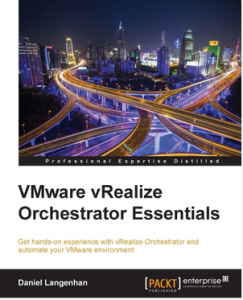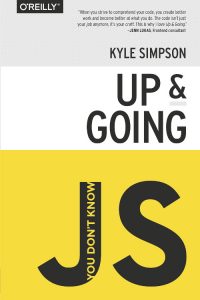I’d been meaning to look into Docker for a while but never really seemed to find the time. After dithering about for a bit I decided to find a course, something short and to the point.
A bit of googling later and I found a couple of one day courses run by Skippbox, the first course/day was all about Docker and the second was all Kubernetes.
The courses were presented by Sebastian Goasguen, who wrote The Docker Cookbook. Very approachable and knowledgeable. Before the course Sebastian e-mailed me to ask that I install the Docker Toolbox. As I run a Linux desktop with VMware workstation, it didn’t really apply but did send me off looking into the toolbox and what it was all about. It’s basically an installer that aims to get you going with Docker on Windows or a Mac as quickly and as easily as possible by installing Docker Machine, Engine, Compose and as well as Oracle Virtualbox. No support for VMware workstation I see.
Day one (course one): Hello Docker.
The docker course was really interesting, and quite fast. At the beginning of the day Sebastian gave us an introduction the the history of Docker, where it came from, and what problems it could potentially solve in the enterprise. Then on to the basics of downloading our first containers, running, stopping, starting, gearing up to modifying and editing our own docker files, showing us how to setup our own repo’s,working with networking and security, and then flat out into continuous integration and more. All in I would say it was a very productive day.
Day two(course two): Kubernetes, or as I like to put it, “ Lets dial this up to 11”.
Since we’d all been on the course the day before, we hit the ground running, with a brief overview of the history of Kubernetes. Sebastian provided us with a couple of VM’s running in Digital Ocean and AWS, which we used for remote deployments and orchestration. The course went fast but at no time did I feel like I couldn’t stop and ask for clarification and more detail. Orchestration, clustering, proxying, static routes, resilience, to name a few. It went fast. Toward the end of the day we were working on our own examples that we felt were relevant with Sebastian helping and guiding. He also went on to show us kmachine, which is one of Skippbox’s main focuses.
The two courses were a great introduction into containerisation and what it could do and gives you enough that you can go off and get setup yourself. I really liked Sebastian’s enthusiasm, which pushed me to look more into containers. You can tell he lives and breathes this stuff which made two days much more insightful.
Looking to get into docker? These two courses might be just what you are looking for.


